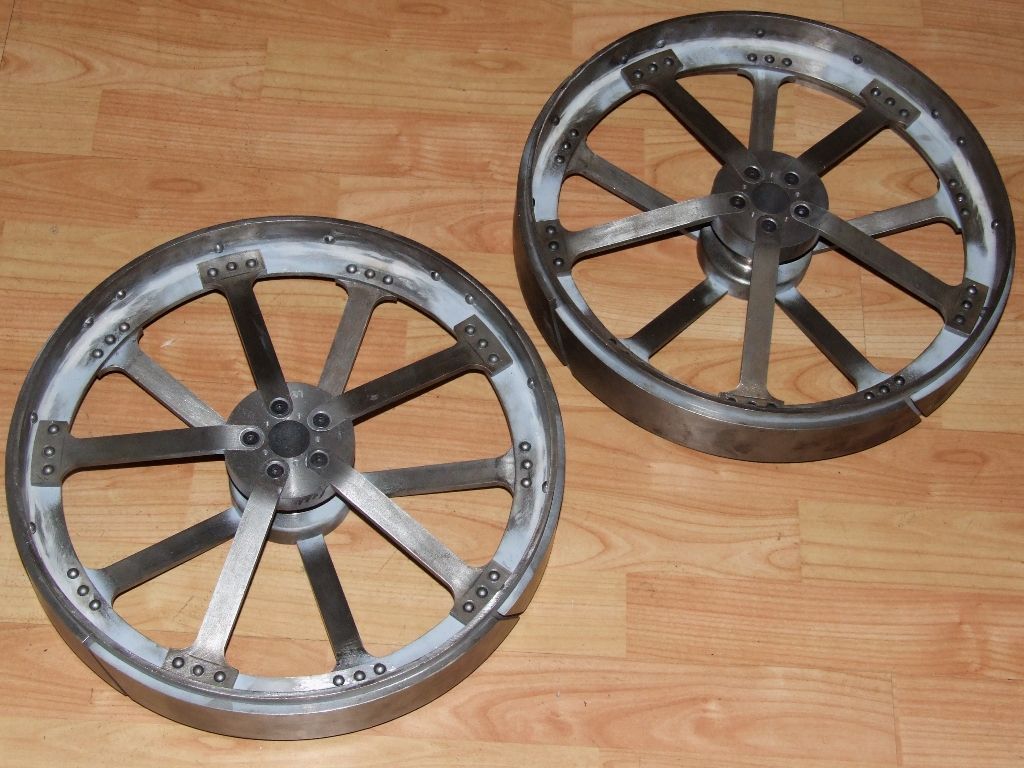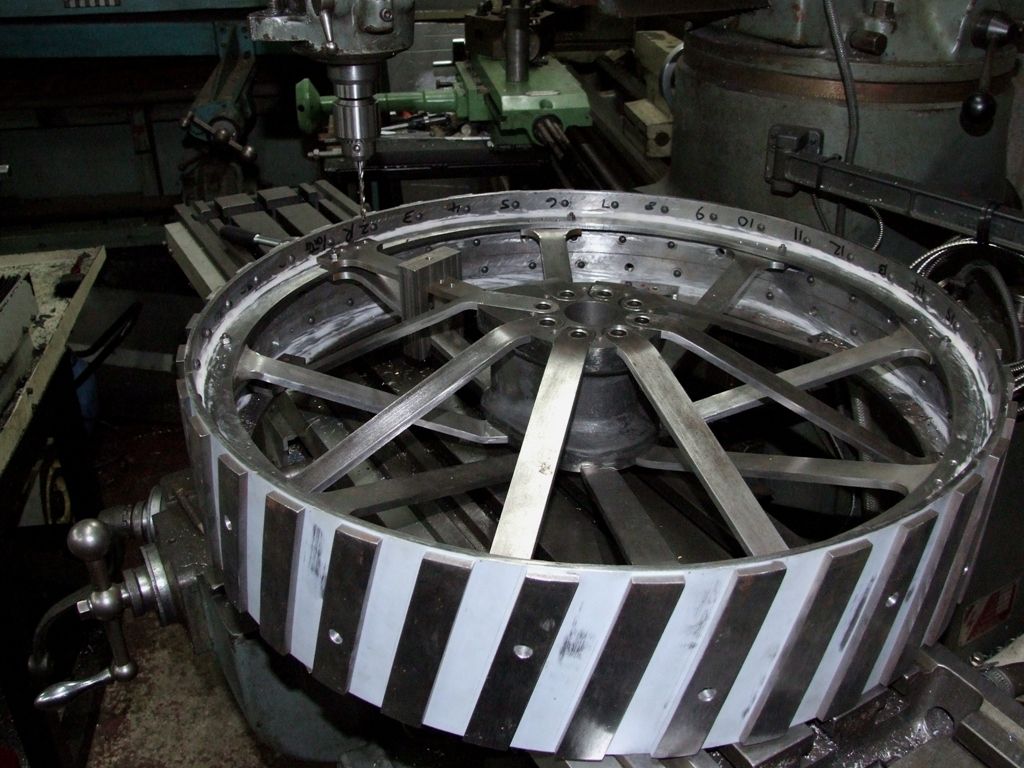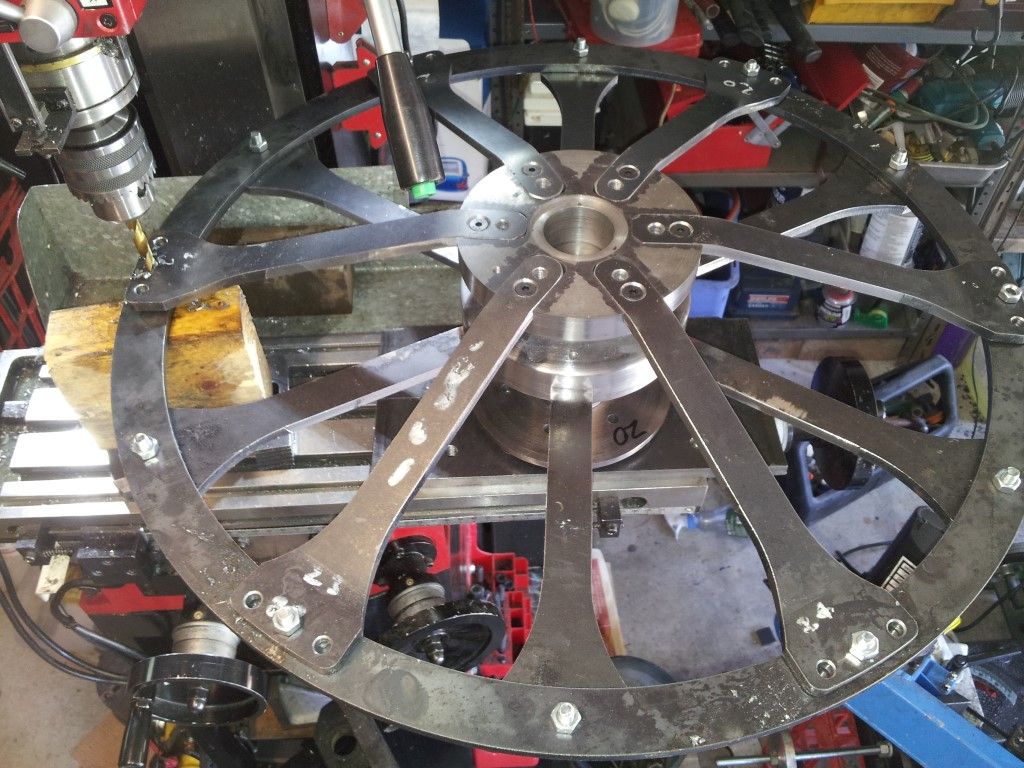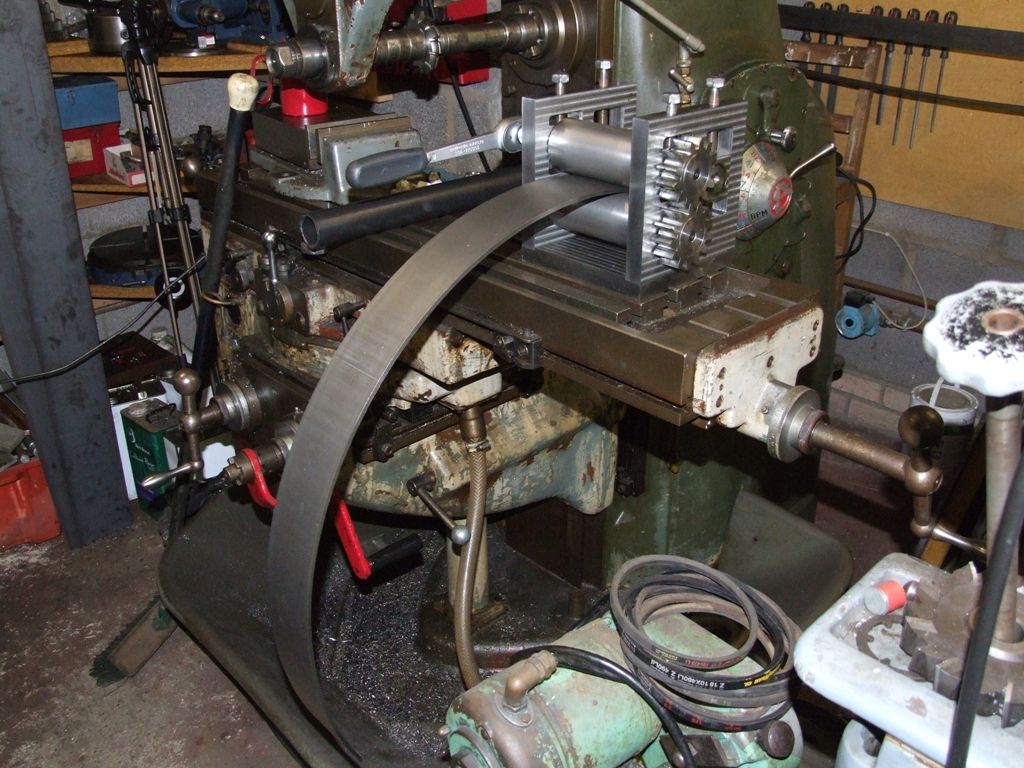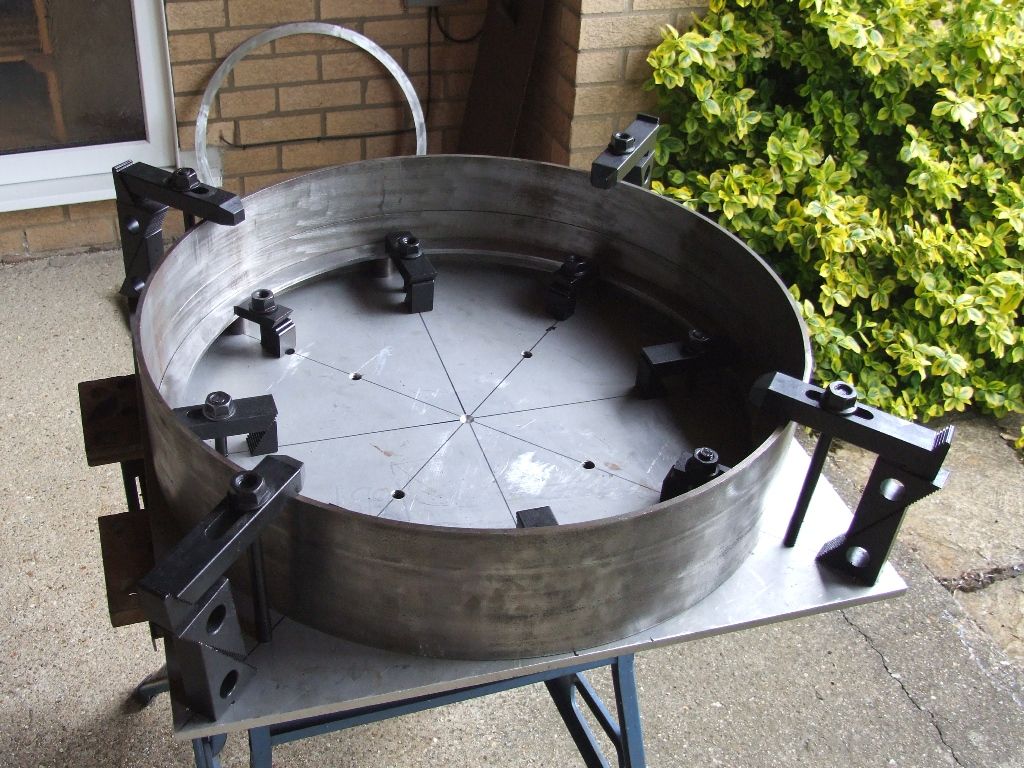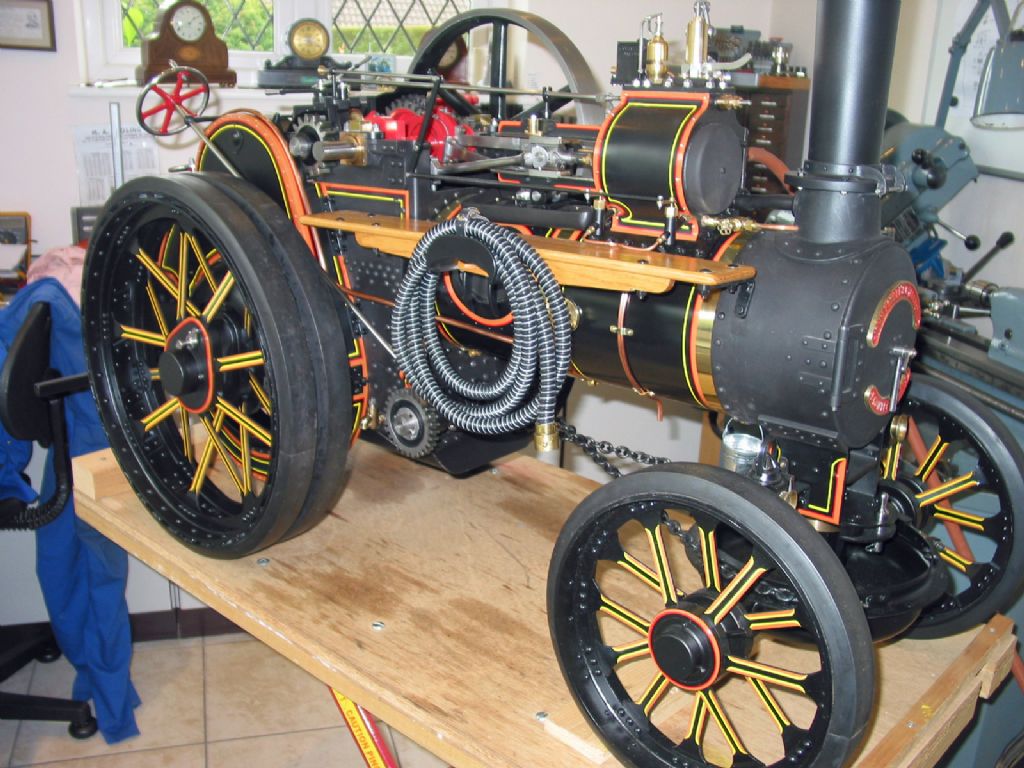Posted by William Ayerst on 24/11/2022 08:08:47:
…it seems that maybe I should really consider a 3" engine – in that the items which are too big for the ML7 and Centec for a 3"-scale are the same items which are too big in 2" scale, so not net difference in that aspect? Or am I oversimplifying things?
Just an observation as I've never built a traction engine but, it's straightforward to make components that fit on the lathe and mill, and straightforward when a component far too big – then you have to have it machined by someone else, £commercially, or by making friends at a club. It's the middle ground that gets exciting because an experienced and imaginative machinist can often get tight-squeeze jobs done with ingenious set-ups. This opens the door to different answers.
- Person A with basic skills looks at the plans, and realises that some parts are too big, therefore the job can't be done.
- Person B with advanced skills and is familiar with that type of build, identifies the difficult parts, and has a clever experienced think about ways and means. This chap might well be able to do a job too difficult for Person A!
In the past people achieved remarkable things with Myford lathes because they had to. But it took time and and thought. I'd describe myself as being Person A who is slowly and painfully learning to become Person B. On the plus side, I have semi-relevant work experience, an interest in the history of engineering, an extensive library and much help from the forum. Not so good, I'm self-taught. In consequence, my machining skills are full of odd gaps and I make a lot of avoidable mistakes! Theory is very helpful, but it doesn't provide hands-on skills. To get them, it's necessary to cut metal, thus discovering and extending the limits of the machine and the operator. Practice!
The best way to become Person B is moot. I prefer to start small and methodically extend my skills by tackling more complex work in a series of small steps, a sort of self-imposed apprenticeship. Others are motivated by challenges, bigger the better, and learn best by jumping straight in at the deep end. Trouble with the latter approach, is it has a high failure rate: the second-hand market is littered with part-built locomotives, and it was once joked that most workshops had a half finished Quorn under the bench. The problem is these things take thousands of man hours, and take even longer if a learner has to feel his demoralised way at every step.
If it were me, I'd take the uncertainty about 2" versus 3" traction builds as a warning that I might be out of my depth. I wouldn't mind 'wasting' a year building something smaller just to gain experience. Against that, note Dave Shield's answer, and his comment 'Go for it, the problems have a way of sorting themselves out as the build progresses'. He's right, but I suspect Dave is more experienced than me. Noting that most jobs are much easier when you know what you're doing, I'm less confident because I know I have gaps!
Dave
 JasonB.
JasonB.


